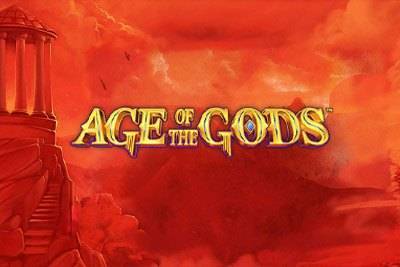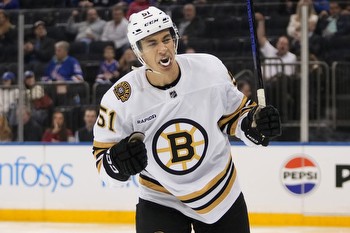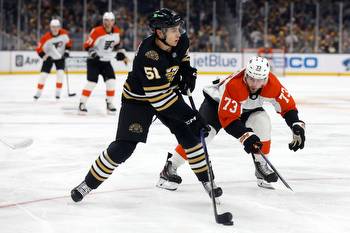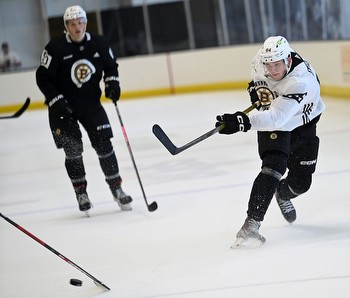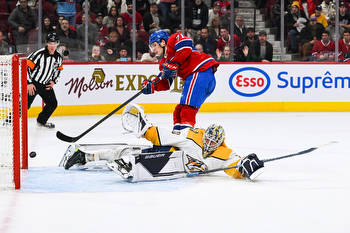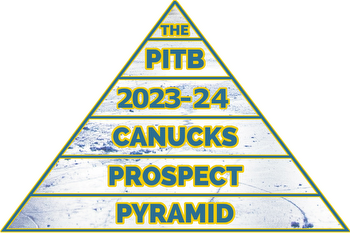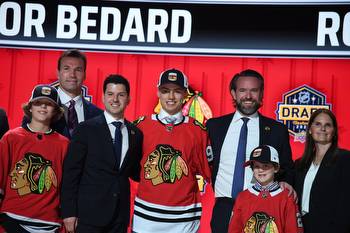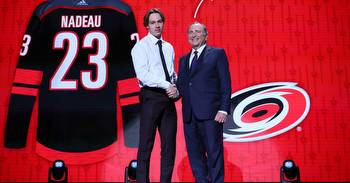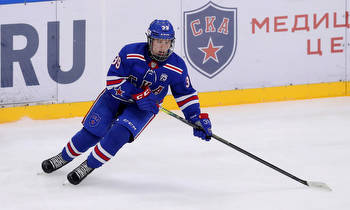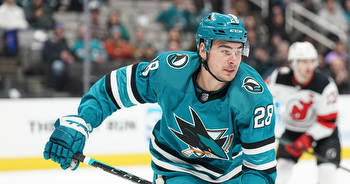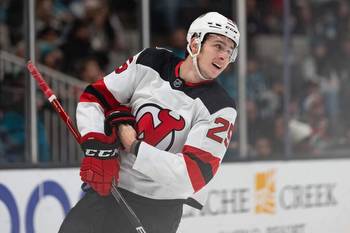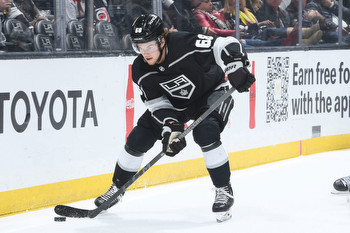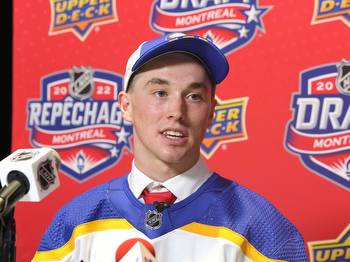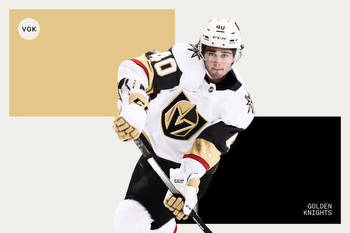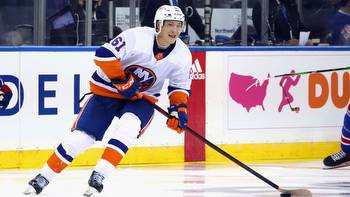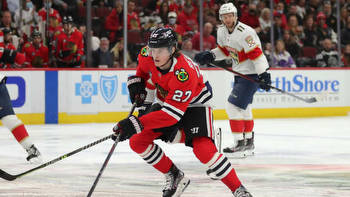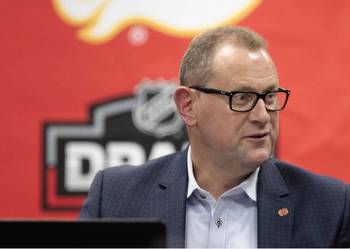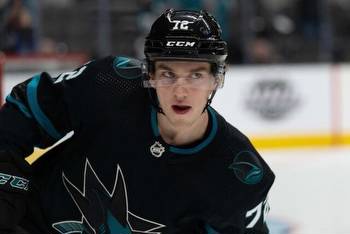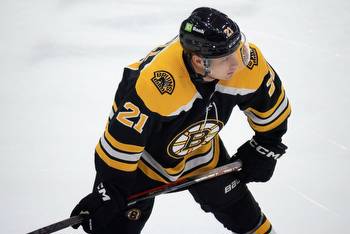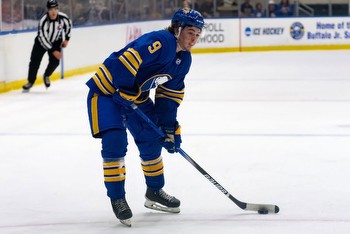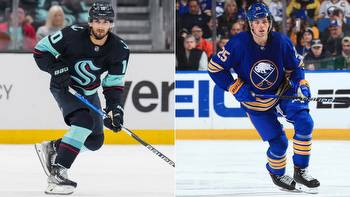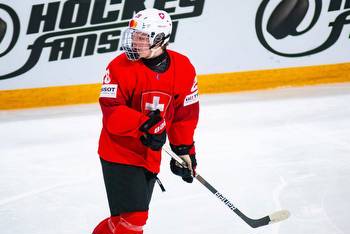NHL prospects I was wrong about, 2023 edition: Corey Pronman looks back
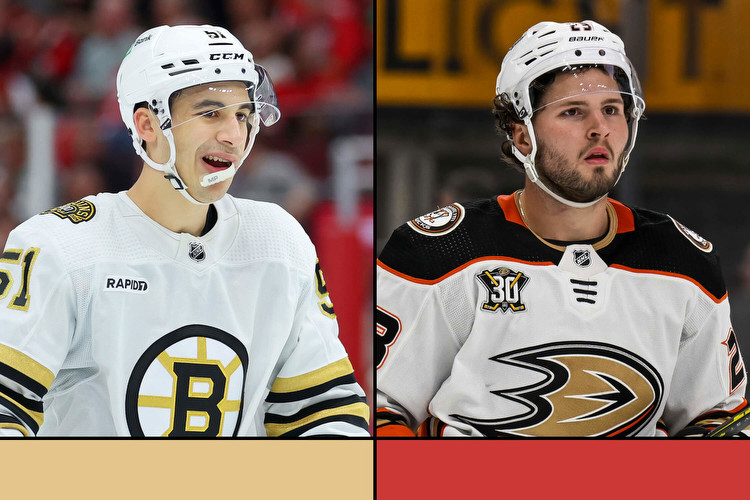
Today, I highlight some major misevaluations I’ve recently made on prospects. This is an annual exercise to display some accountability that will hopefully be a learning exercise for readers, too.
The following players are selected for a particular reason. If we went through every prospect prediction I’ve gotten wrong, it would be an absurdly long article, and that’s coming from someone who works at The Athletic. Rather, I’m highlighting players whose evaluation I was very off on, and by looking at why I was wrong, I’m hoping the lesson can be interesting to others as well. Sometimes you’re going to be wrong in this business, and when you look back on the information you had at the time, you don’t know what you would have done differently. These players are not those types of cases.
Selecting players for this article requires serious consideration. Saying I was wrong is making a strong statement that I am highly confident that the player’s projection is going in a massively different direction than I thought it would. This, at times, has not aged well, as players I’ve highlighted before have come back in the opposite direction. Or, players I considered for this piece had an unexpected hot/cold first few months of the season. Predicting the future is not an easy business.
Too low
Jack Quinn, RW, Buffalo Sabres
When I watched Quinn in his draft year, I saw the things that made him very appealing. His skill and hockey sense looked excellent and obviously he scored a ton in the OHL. I liked the player but had some doubts about Quinn’s future, about how well his game would translate to the pros and how real his offense was. His skating was just OK, especially given his average size. He was an older/late birthdate prospect without a track record of significant scoring. Typically a player with that profile doesn’t hit in a major way.
This was one case in which you needed to block out what typically happens, because a player is usually not on a team like the Ottawa 67’s, which was loaded and ran over everyone. That Quinn was, at least in his draft season, such an important player on such a dominant junior team should have been a flag that his skill was high-end, even if that wasn’t the case his prior season in Ottawa. It’s an important lesson in context and not talking myself out of high-end skill when it’s clear and evident while watching the player. Right now, Quinn looks like he will be a longtime top-six forward in the NHL.
Matthew Poitras, C, Boston Bruins
Poitras is a tougher case to write about. Usually when I talk about players I was too low on, it’s first-round picks I didn’t believe in for one reason or another, and where the major bet made by the NHL club was proven to be right. It’s rare that a late second-round pick is profiled here. That’s because there are usually major risk variables that cause a player to get to that point of the draft. Some NHL teams passed on Poitras several times due to those risk factors — mainly his smaller frame, his not being a great skater and, frankly, his lack of great production in his draft season.
But Poitras is a unique situation. He missed his entire 16-year-old season in the OHL due to COVID-19 cancellations. When he was playing in the OHL in his draft season, scouts took notice of his very strong individual skill and vision. His scoring wasn’t consistent but he showed he could make a lot of difficult plays.
It’s tough to delineate Poitras from the plethora of small, slow 5-foot-11 guys I see in junior every season. But it’s clear from what he’s shown since his draft year that his level of skill is different. I don’t think I would have been able to identify what he’s shown in the NHL at the age of 19 but I certainly underrated his skill, hockey sense and competitiveness. I would be somewhat skeptical that even Boston knew it was getting this caliber of prospect. But I should have given the player more credit over the past two years and rated him higher. What exactly he will be in five years, I’m unsure of. Maybe he’s a top-six forward, maybe he’s a third-line forward. But regardless, he looks like an NHL player and I didn’t think he was close to one.
Mason McTavish, C, Anaheim Ducks
When McTavish was coming up, I thought he was a very good young player, but I didn’t see anything special. He scored 29 goals in the OHL as a 16-year-old, but going into his draft season, I saw a skilled, competitive player who could shoot the puck well. I didn’t think his playmaking was anything special and I saw a so-so skater with average size. He was a strange case because he didn’t play at all during his draft season, except for a few games in the second-division Swiss pro league due to COVID-19, and he was a top player at the U18 worlds.
I completely misevaluated his skating, though. The Ducks didn’t see an issue and took him No. 3 overall. I wasn’t alone in the industry in thinking McTavish wasn’t fast after seeing him as a 16-year-old, but whether I was way off on that aspect or he made progress, he is a strong skater. That misevaluation of his feet, combined with the fact he has a lot of offense and a strong motor, has led to McTavish being one of the top young players in the NHL and a leading player on Anaheim.
Too high
Samuel Fagemo, RW, Los Angeles Kings
There was a point at which I thought Fagemo was a top NHL prospect with a very good chance to be a top-six forward. He’s been claimed twice on waivers this season. Clearly he is not a top NHL prospect. I thought that was the case after Fagemo had already been through an NHL Draft and was a second-round pick in his second go-around. I had him graded as a good skater, puck-handler, passer and shooter, but honestly, for an average-sized forward I didn’t think anything about his game was special.
So why did I like him so much? It was certainly more performance-based than anything. He scored at a high level for a teenager in the SHL, including 6 goals and 10 points in 16 playoff games. He led the 2020 world juniors in goals and points. I was never wowed by him, even when he was at that tournament, but I thought he scored a lot, and he scored a lot of goals in the AHL too, so surely he would score again in the NHL. It shows how hard it is at times for players to translate their offense to higher levels. The NHL is where the best of the best play, and to be a top-six forward in that league, there needs to be something special about you, either from a skill, athleticism or compete perspective.
Boqvist was a terrific offensive force at the junior level, especially for a defenseman. You don’t see many defensemen in the OHL score 10 goals in 11 playoff games. He also was great versus his age group internationally in his draft season. Boqvist displayed terrific skill, vision, finish and offensive sense. He was always attacking and showed very creative ways to join the attack and create chances. The issues were his 5-foot-11 frame, good-not-great skating and, as mentioned, he was always attacking.
Boqvist basically has shown he can’t defend well versus men due to the combination of his lack of premium athletic tools and so-so effort without the puck. Those defensive issues were evident as a junior, but I still rated Boqvist very highly due to how skilled he was. If you are that small, and not an elite skater or competitor, it makes it tough to make it just on your skill. I should have valued the risk factors in his game more, as quite a few scouts I knew at the time were skeptical of his NHL projection.
(Top photos of Matthew Poitras and Mason McTavish: Michael Reaves / Getty Images, Jeanine Leech / Icon Sportswire via Getty Images)
